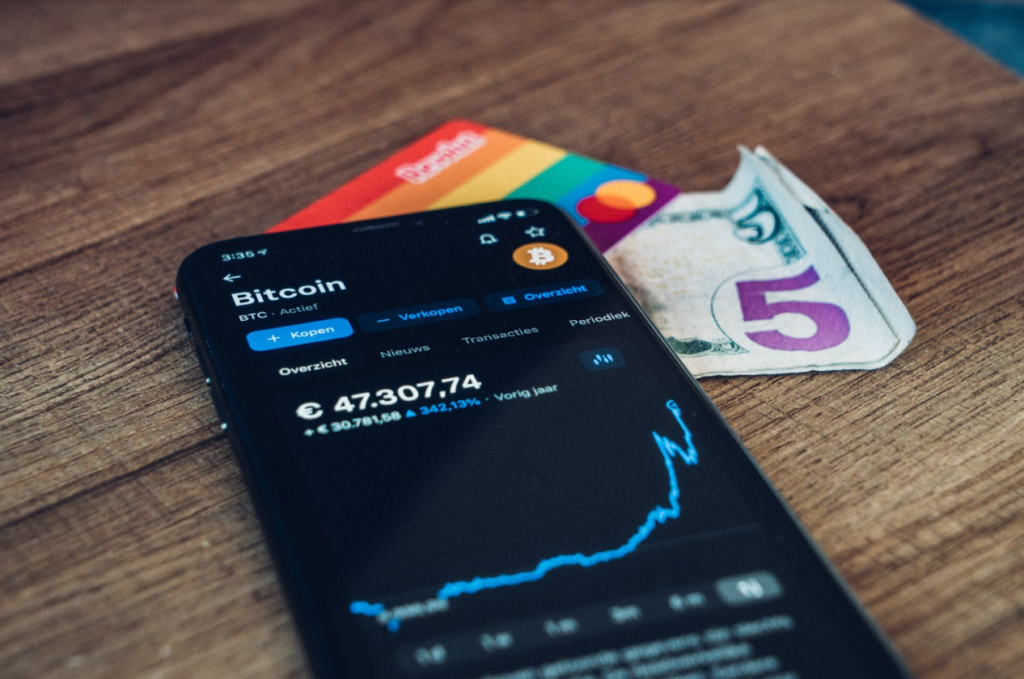Metaverse real estate refers to a virtual real estate or an NFT (non-fungible token) asset in the digital world. It is a virtual space in the metaverse that represents a scarce and limited piece of virtual land and that is there in the metaverse.
You can purchase this virtual real estate using your cryptocurrency. So, it means it is an effective way to manage your cryptoportfolio. In this article, we are going to discuss this matter in more detail to find out what it is all about, so keep reading.
What is Metaverse NFT?
Of course, the metaverse is an immersive but shared virtual world where avatars represent players and they can interact with one another. They can construct or develop various experiences, and create different in-world objects or even landscapes. In other words, you can use these NFTs to buy and sell different digital things using cryptocurrency and manage your cryptoportfolio.
Metaverse NFTs are non-fungible tokens or digital assets that cannot be replaced with anything else. For instance, bitcoin is fungible, because you can trade wine bitcoin for another and you will have the same thing. But how about a unique trading card, that thing is an NFT or non-fungible token.
After the trade, you will have to replace it with another card, which is not similar. So that card is an NFT. So is a virtual clip-art of rocks or some kind of a virtual painting that you have created, and it can be digital space within the metaverse.
But How Does It All Work?
At the top level, most of these NFTs are part of the Ethereum blockchain. Ethereum is a cryptocurrency just like Litecoin, Dogecoin, or Bitcoin. Blockchain supports all these currencies and many others. Different blockchains can implement their own NFT versions.
But what is it all worth? As NFTs can be anything that is digital, a lot of hype is to sell digital art and space using tech. Copies of these NFTs can be downloaded but the original rights remain with the owner or creator.
If you have a really cool-looking digital art or an awesome-looking sticker then you can sell it as an NFT. The items you can sell as digital art are something that you cannot sell anywhere else. As a buyer, you can really support an artist by appreciating his/her work.
NFTs and Real Estate
In recent times the real estate industry has really shown that it can use NFTs pretty well. As these NFTs are associated with digital things. But there is a game where players can sell and buy digital land in the Virtual real estate market and it’s called Decentralnd.
These properties are bought and sold as NFTs. You will get a deed that shows your ownership proof. And you can buy and sell this piece of virtual land using cryptocurrency (Mana Coin).
But Etherland is a new NFT project that incorporates real-world properties and links them with NFTs. So you have a unique property, and you can NFT it using the Ethereum block, a pretty secure cryptocurrency.
Top Metaverse NFTs
Here is a list of top metaverse NFT projects that are completed or are in the works,
- Beeple or Mark Winklemann’s digital artwork called the Everydays: the First 5000 Days went for USD 69.3 million in 2021.
- There is another Beeple piece called the Crossroad, a 10-second video showing animated pedestrians walking past a Donald Trump figure that went for USD 6.6 million in March 2021.
- Curio Cards is a set of 30 unique cards that went as a part of Ethereum Blockchain and sold for USD 1.2 million.
- Within a game, you can buy or sell pieces of land as NFTs. These pieces are controlled by the users and not the game developers.
- You can also buy and sell game artifacts as NFTs.
- Various games have virtual worlds in them. Games like Decentraland, Star Atlas, Sandbox, Somnium Space, CrytpoVoxels allow you to purchase virtual lands as NFTs. in 2021, a virtual plot of 16 acres in Decentrland went for USD 913,228.
- You can benefit from it as a musical artist as you tokenize your work and then publish it. Moreover, artists use NFTs during the pandemic to recuperate from their income losses. In February 2021, 3LAU sold the 33-NFT collection for USD 11.7 million to commemorate the third anniversary of his Ultraviolet album.
- In March 2021, Kings of Leon released their new album, When You See Yourself, in NFTfor USD 2 million in sales. Other musicians that have used NFTs include Lil Pump, Shepard Fairey with Mike Dean, and Eminem.
- In May 2018, 20th Century Fox paired with Atome Tokens to release Deadpool 2 digital posters as NFTs.
- In March 2021, Claude Lanzmann: Spectres of the Shoah by Adam Benzine was the first documentary to be NFT-auctioned.
Final Thoughts
Metaverse NFTs are quickly becoming real digital assets, and people are pretty serious about buying these assets. It means if you are a creator, you can pounce upon this opportunity and really hit some good numbers in your cryptocurrency efforts. It is a pretty effective way to manage your cryptoportfolio too.
















